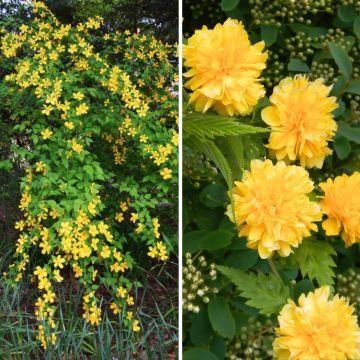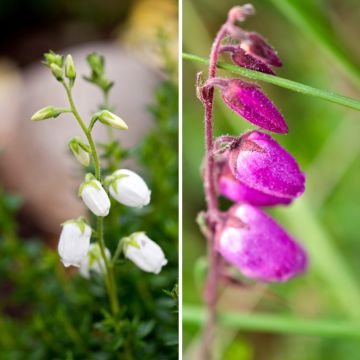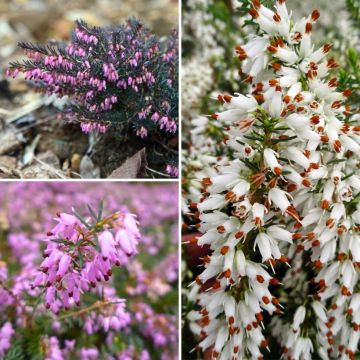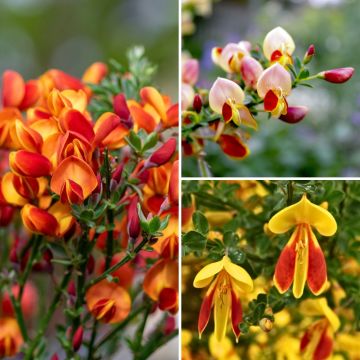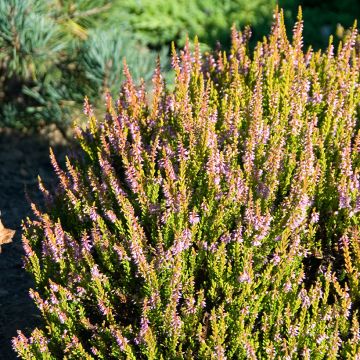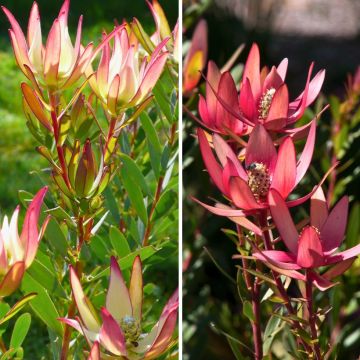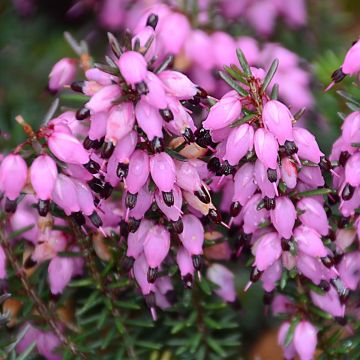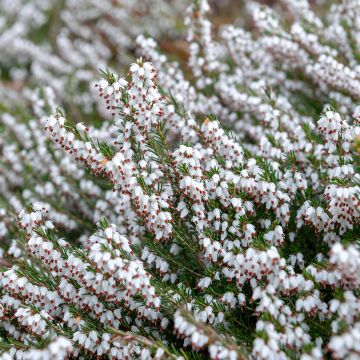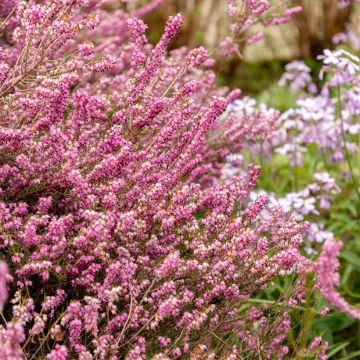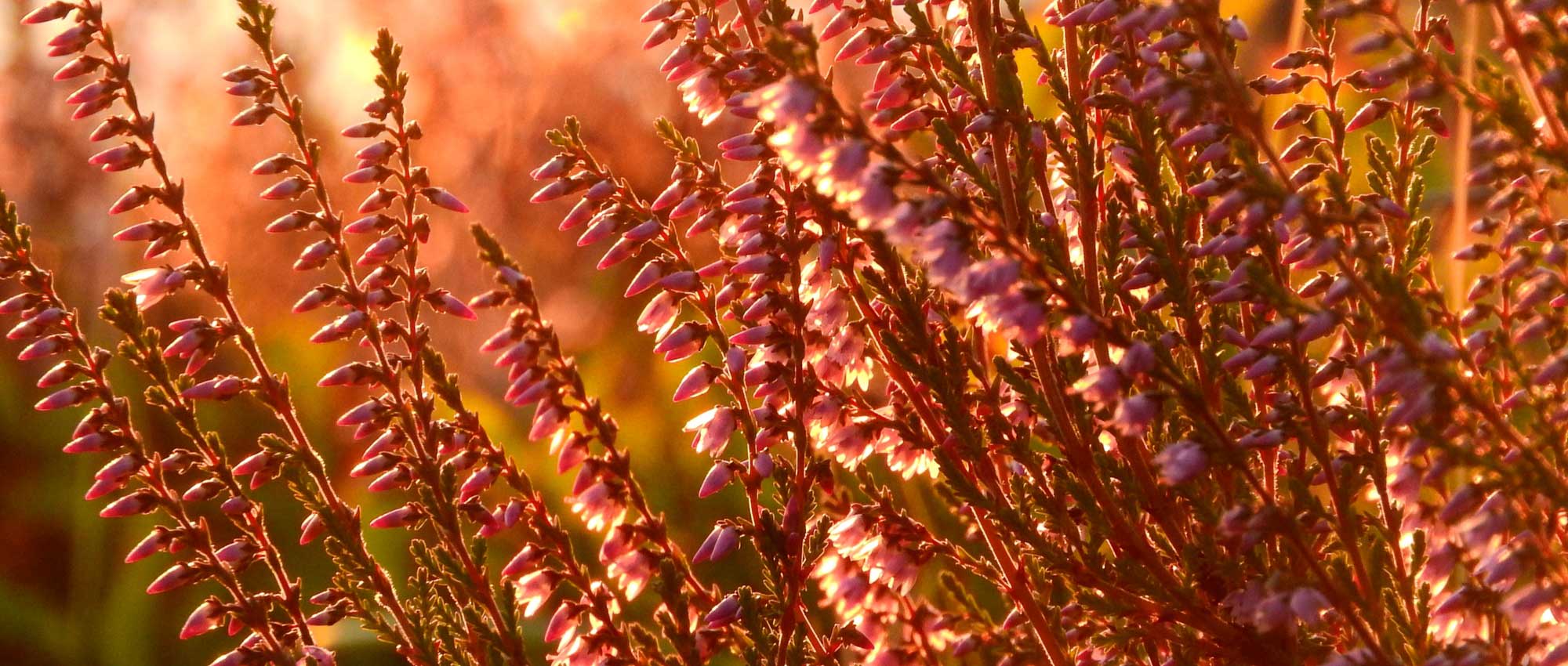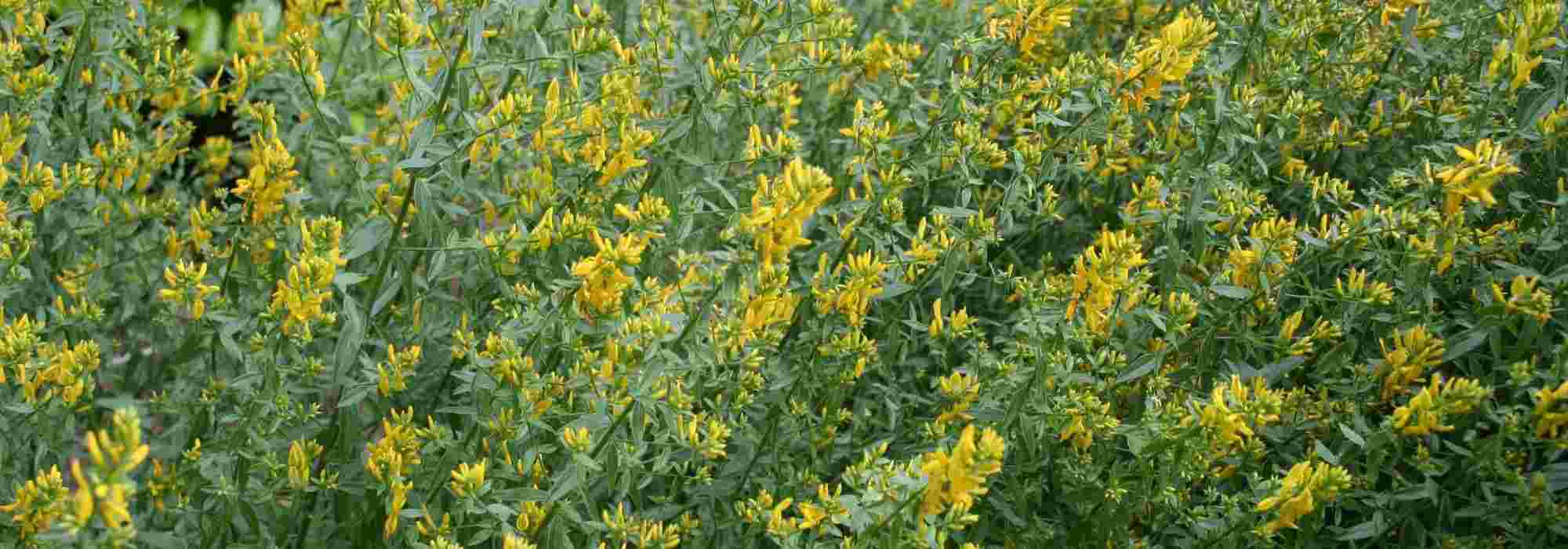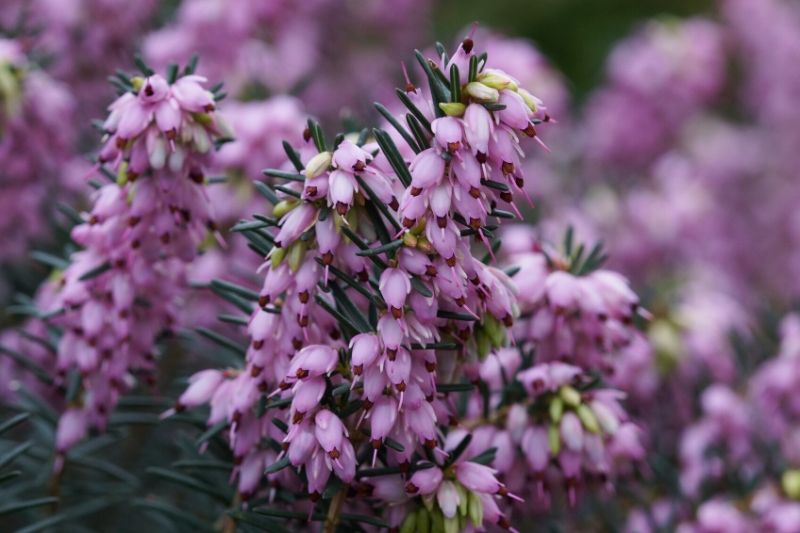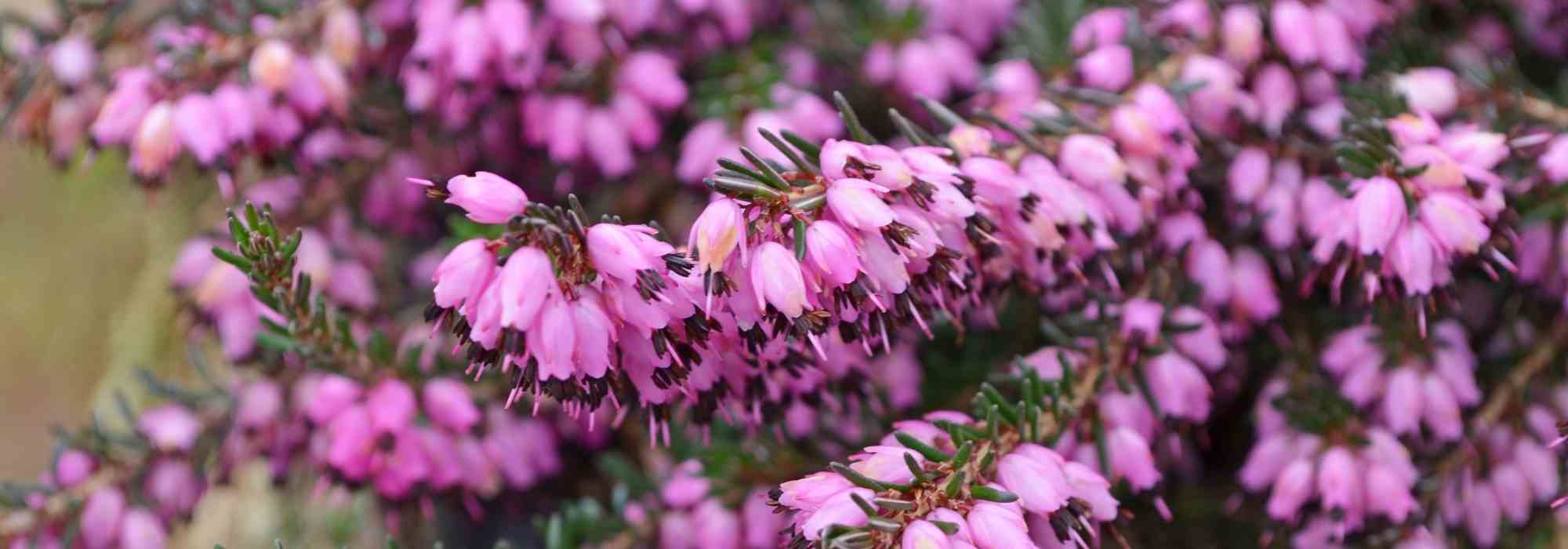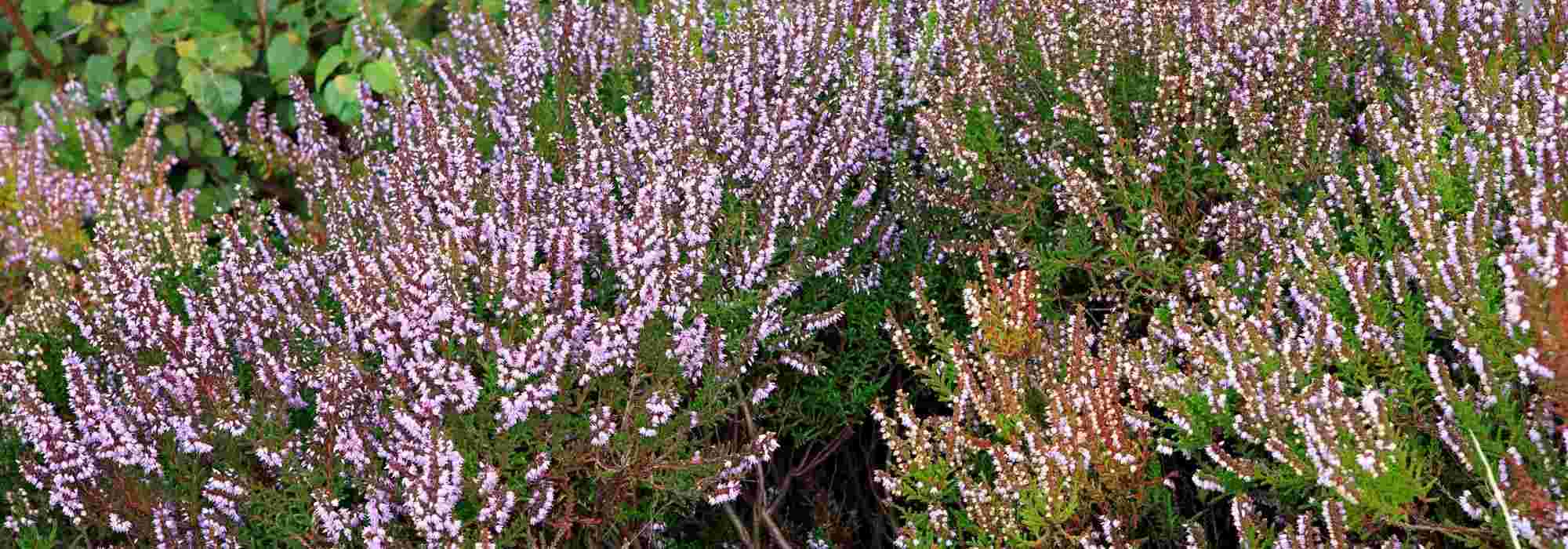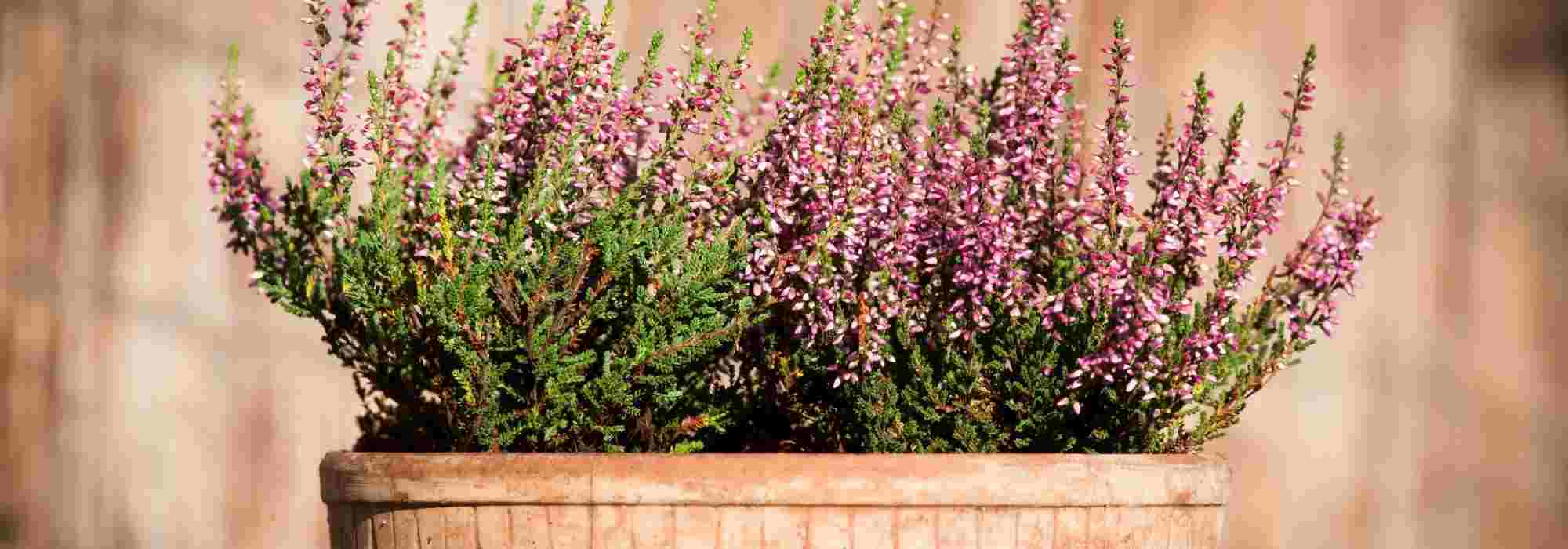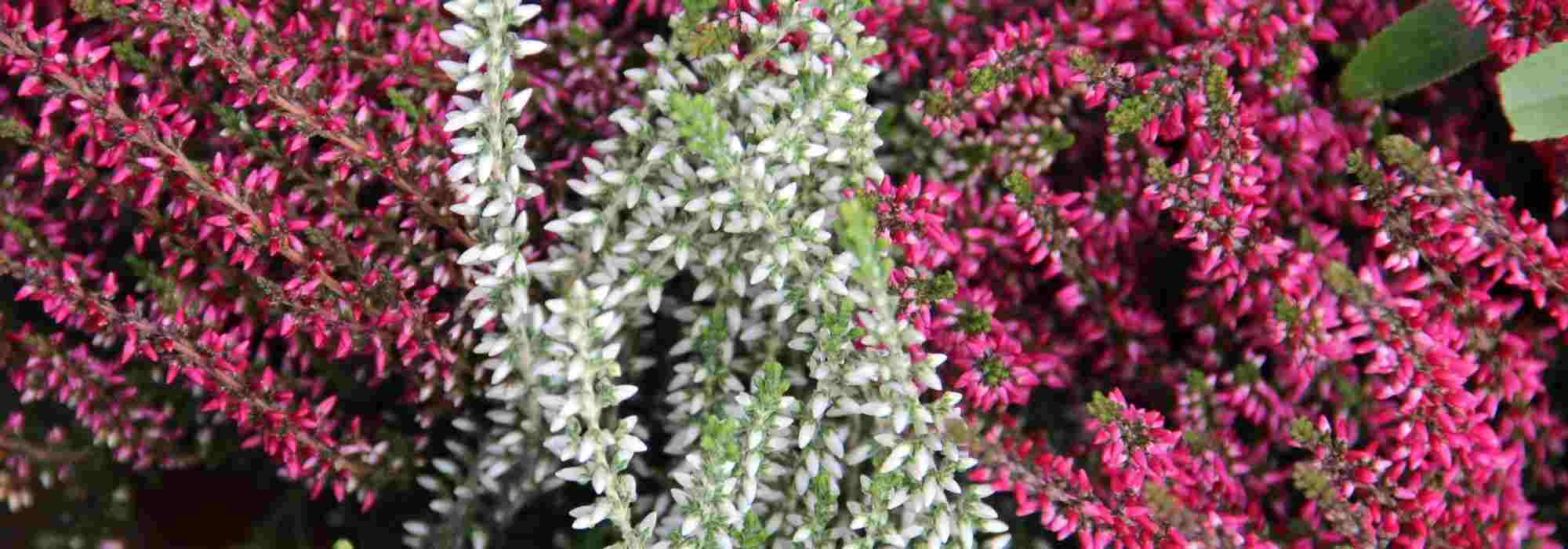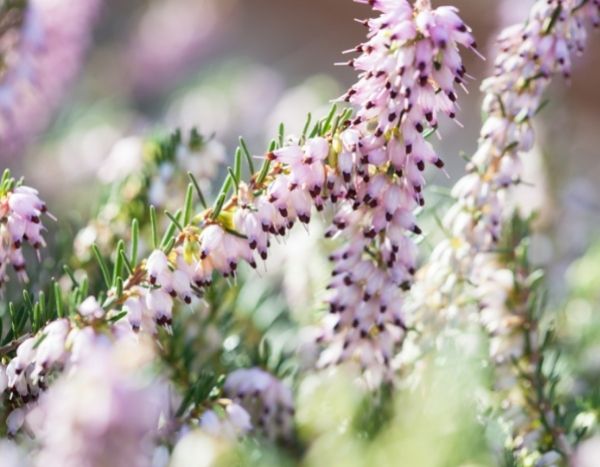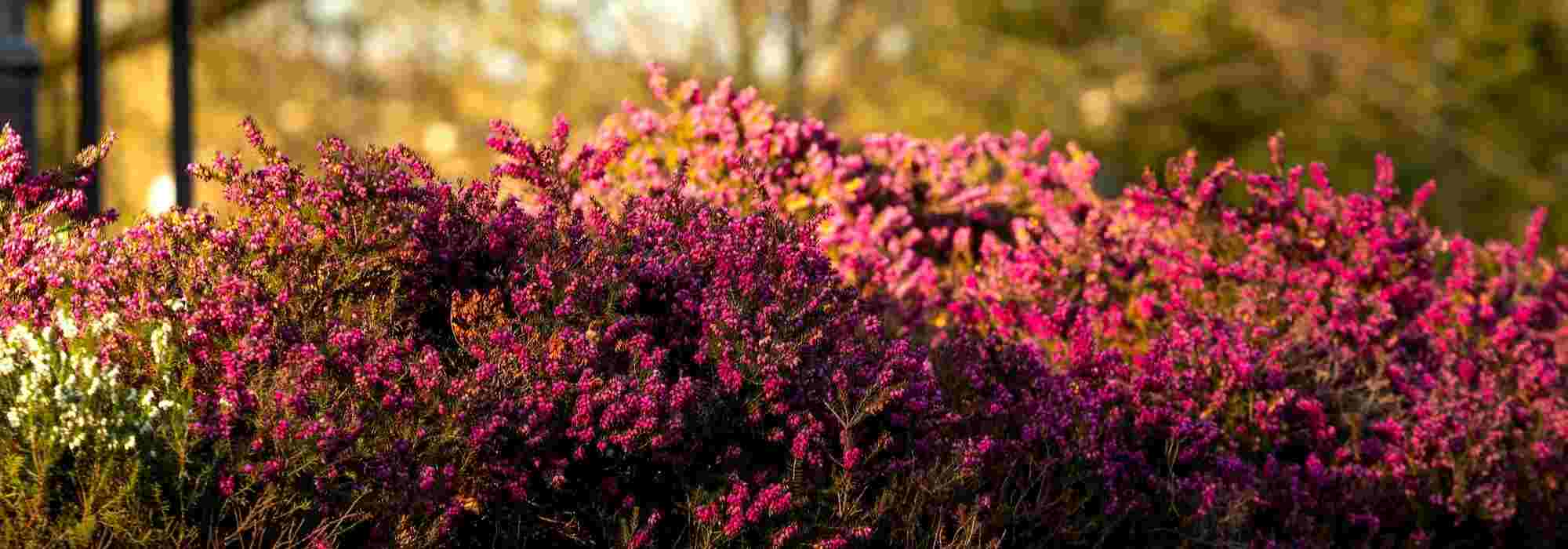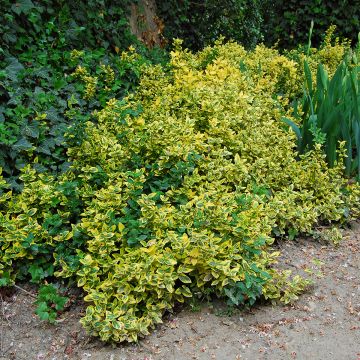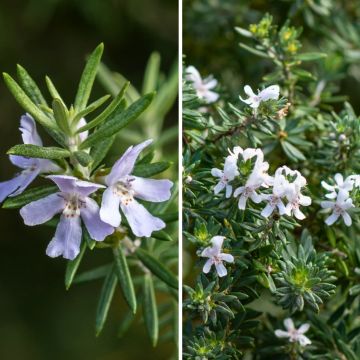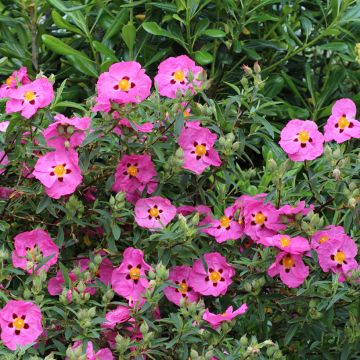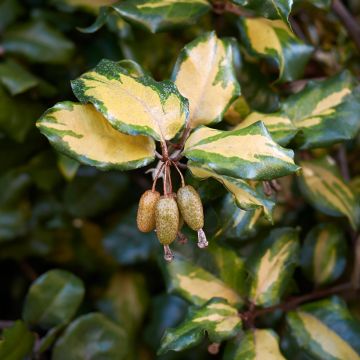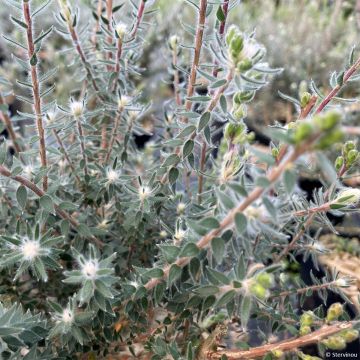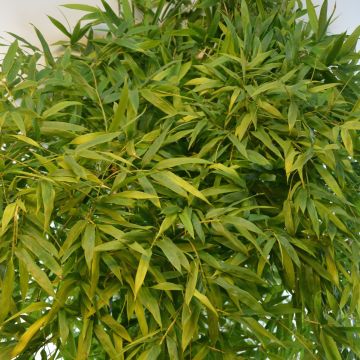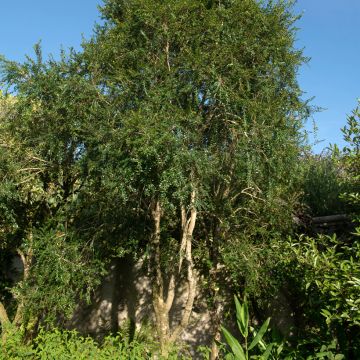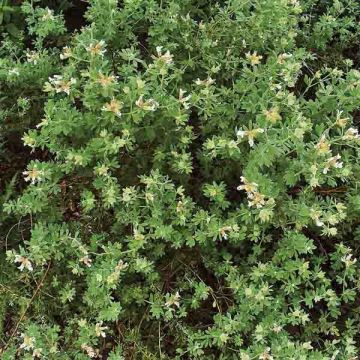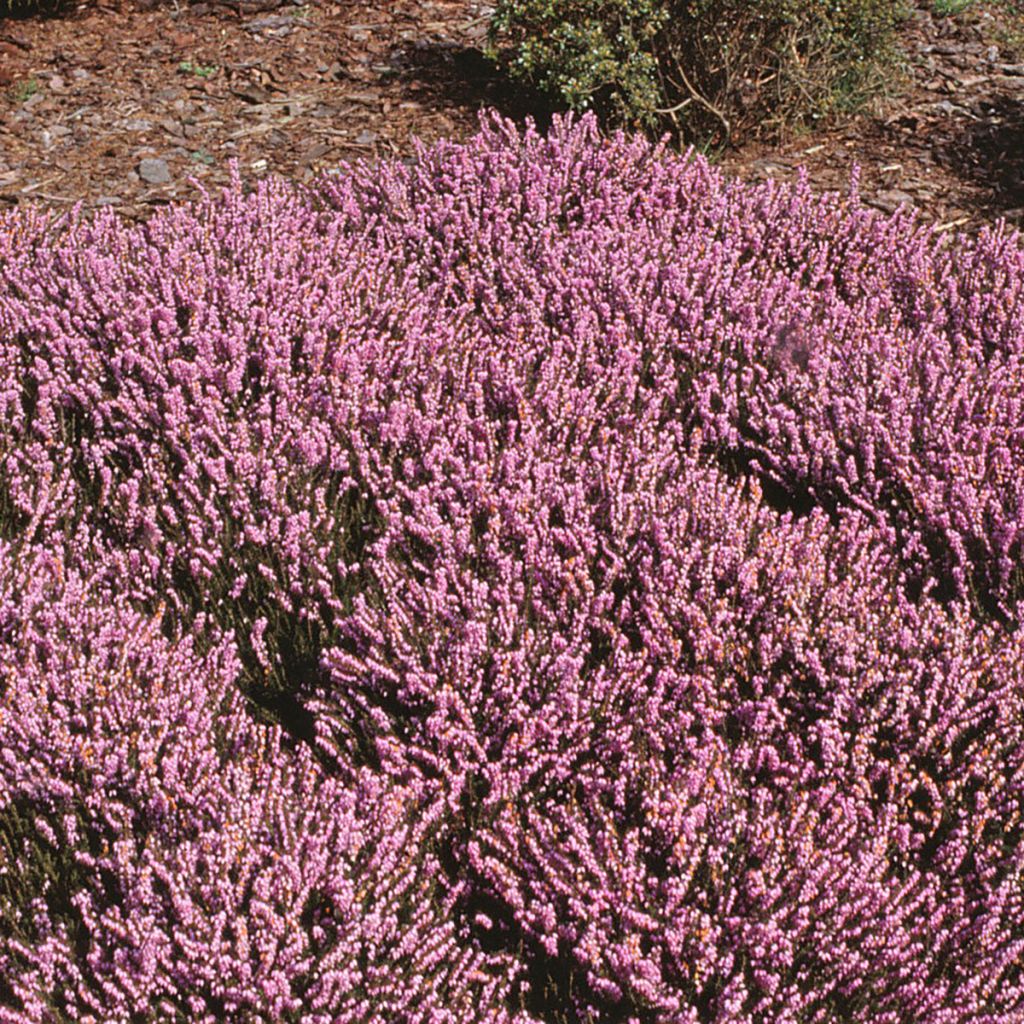

Erica x darleyensis J.W. Porter - Winter Heath
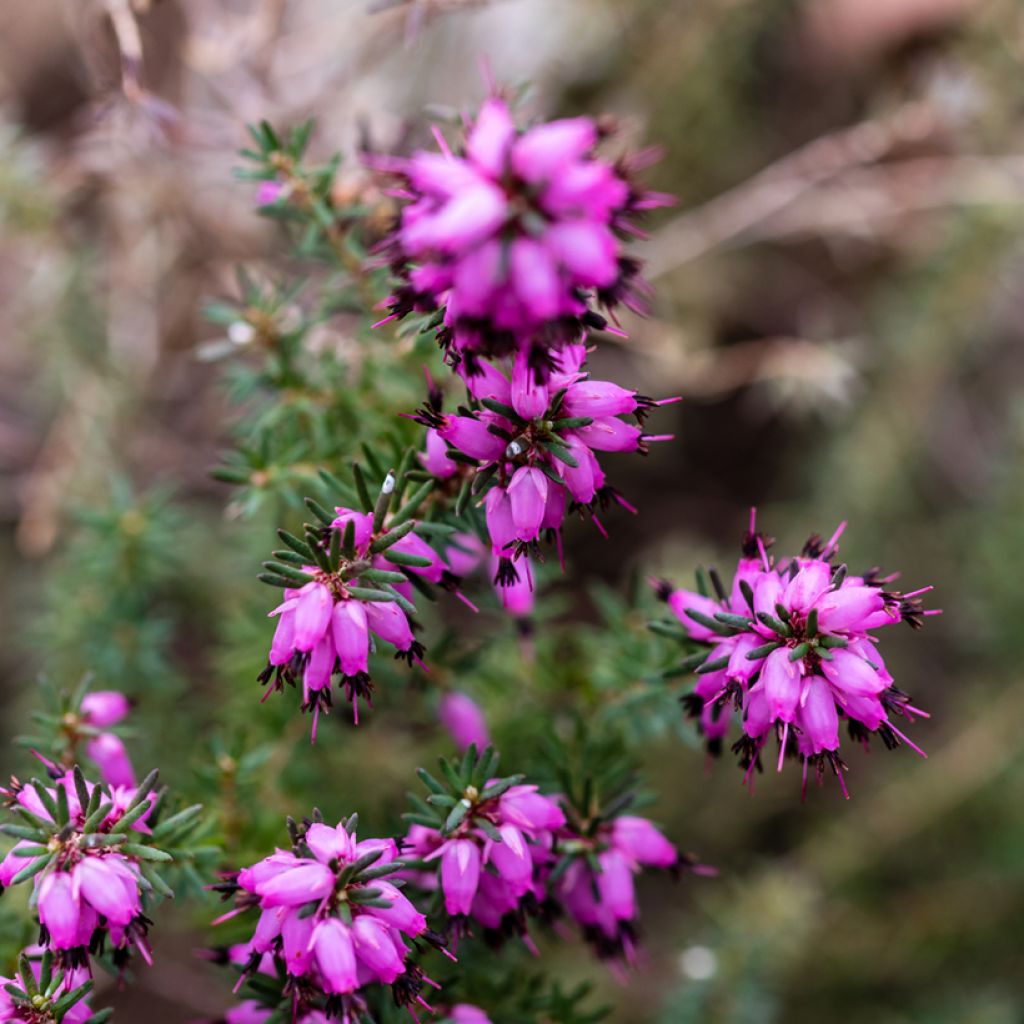

Erica x darleyensis J.W. Porter - Winter Heath
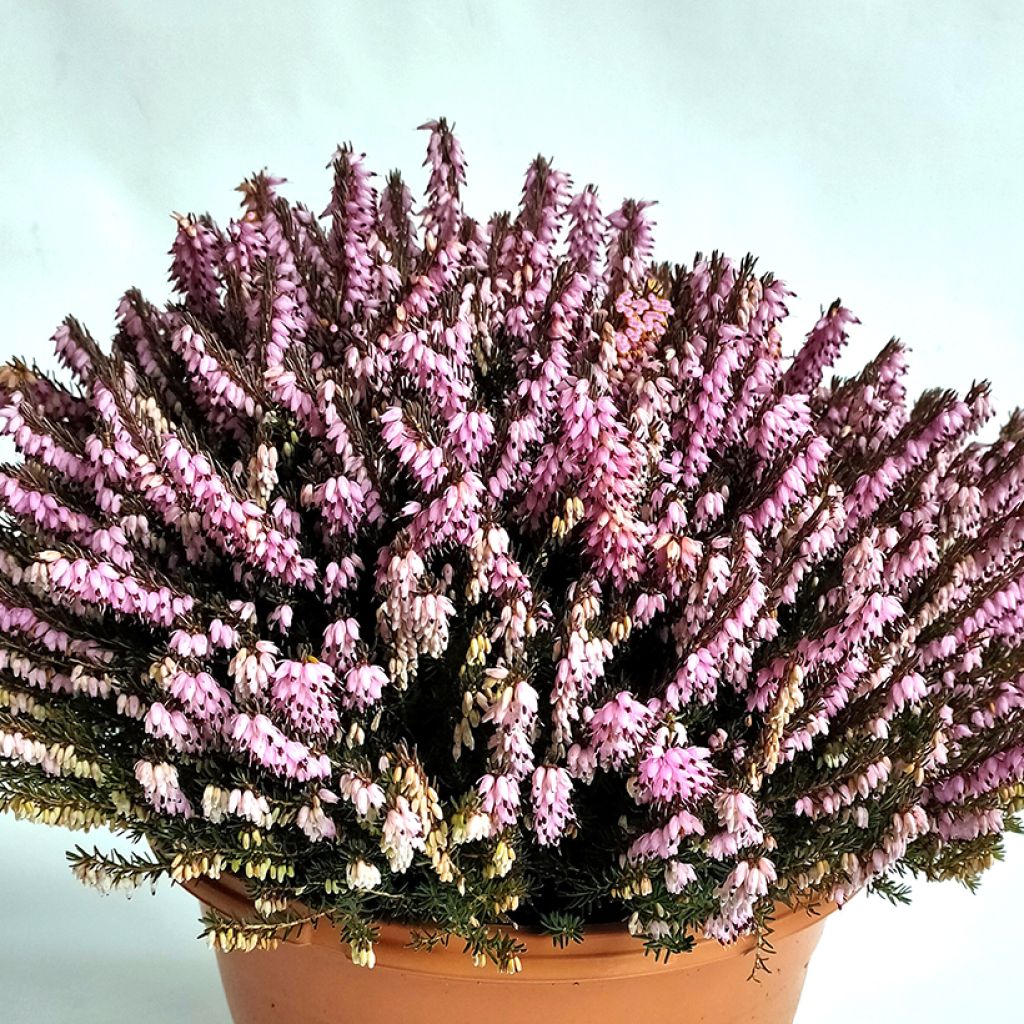

Erica x darleyensis J.W. Porter - Winter Heath
Erica x darleyensis J.W. Porter - Winter Heath
Erica x darleyensis J.W. Porter
Winter Heath
Special offer!
Receive a €20 voucher for any order over €90 (excluding delivery costs, credit notes, and plastic-free options)!
1- Add your favorite plants to your cart.
2- Once you have reached €90, confirm your order (you can even choose the delivery date!).
3- As soon as your order is shipped, you will receive an email containing your voucher code, valid for 3 months (90 days).
Your voucher is unique and can only be used once, for any order with a minimum value of €20, excluding delivery costs.
Can be combined with other current offers, non-divisible and non-refundable.
Why not try an alternative variety in stock?
View all →This plant carries a 24 months recovery warranty
More information
We guarantee the quality of our plants for a full growing cycle, and will replace at our expense any plant that fails to recover under normal climatic and planting conditions.
Does this plant fit my garden?
Set up your Plantfit profile →
Description
Erica x darleyensis 'J.W. Porter' is a variety of heather, appreciated for its vigour, its intense and generous winter flowering, as well as its excellent performance as groundcover. It has evergreen leaves, shaped like small stiff needles, shiny, green, with a cream red tip in spring. From December to April, this small bush, barely 40 cm (16in) tall, is covered in small fluffy flowers in the shape of mauve pink urns, very attractive to bees. Capable of adapting to a wide range of soils, except for excessively wet ones, it tolerates drought once well established. Although it prefers sunny spaces, it is advisable to give it some shade in hot climates. Cultivated in pots or planters, on a balcony, a terrace or placed on a windowsill, it brings colour and cheer to the less bright period of winter.
Erica x darleyensis 'J.W. Porter' belongs to the Ericaceae family. This winter heather is a natural hybrid, resulting from the cross-breeding between Erica carnea, native to mountainous areas of southern and central Europe, thriving on limestone soil, and Erica erigena, acidophilous, native to western Europe. It has vigorous growth and healthy vegetation, forming a small evergreen bush, with a rounded and spreading habit, reaching approximately 0.40 m (1ft) in height with a spread of 0.50 m (2ft) at maturity. It grows slowly and its lifespan does not exceed 12 to 15 years. Small needles, 3 to 10 mm (0in) long, grow on thin and twisted branches, arranged in whorls of 3 to 4. The young shoots are a beautiful bright and tender red in spring, turning dark green in summer, and eventually taking on bronze hues in autumn. This cultivar usually blooms between November and March-April depending on the climate, for several weeks. Its small bell-shaped flowers ranging from deep pink to purple, measuring 3 to 5 mm (0in) in length, are grouped in clusters 3 to 10 cm (1 to 4in) long and are scattered along the branches. They are very attractive to bees.
The 'J.W. Porter' Winter Heather has all the qualities one would expect from a heather. Long and remarkable flowering combined with ever-evolving evergreen foliage throughout the seasons. Its low, dense and compact growth allows it to be used in groundcover beds, as border plants in shrub beds, for slope and rockery landscaping, as well as for dressing the base of trees and large shrubs. It prefers full sun, but tolerates partial shade very well. It can easily be planted alongside other heathers whose flowering will take over, while having similar growth and development, such as Erica x carnea or Erica vagans. Its long winter flowering brings bright colours to a period when the sun is lacking. It is ideal for winter heath beds, to enrich the colour palette, alongside other varieties, notably 'Silberschmelze', white and snowy, or 'Kramer's Rote', a vibrant carmine pink. It brings whimsy and cheer to low-growing grass beds such as carex, ophiopogon, molinia, uncinia, hakonechloa, pennisetum. ... It can also be mixed in a bed, combined with dwarf creeping conifers (Juniperus squamata 'Blue Star', Juniperus horizontalis 'Blue Chip', Juniperus communis 'Repanda'...), or groundcover plants such as silver basket or wall bellflower (Campanula portenschlagiana) for example. It also fills the front of beds, animating them throughout the year, especially in winter. Cultivated in pots or planters, it enriches a balcony, a terrace or a patio with its intense flowering.
Hardy down to -25°C (-13°F), J.W. Porter Winter Heather is a sturdy and robust small bush. Easy to grow, it tolerates all types of soil, including slightly limestone soils. In any case, well-drained soil without waterlogging is necessary. It does not tolerate long periods of drought well and appreciates moist soils. Mulching is a solution to maintain relative soil moisture. Almost maintenance-free, this heath only requires light pruning after flowering, in March-April. This operation will remove faded flowers and promote the growth of fresh foliage.
Erica x darleyensis J.W. Porter - Winter Heath in pictures


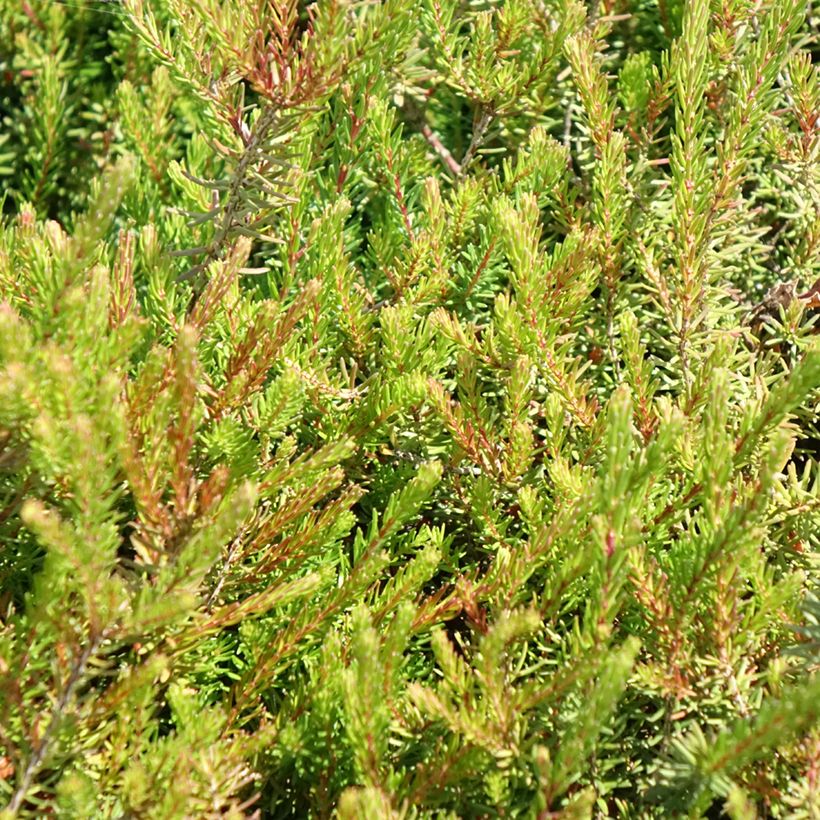

Plant habit
Flowering
Foliage
Botanical data
Erica
x darleyensis
J.W. Porter
Ericaceae
Winter Heath
Cultivar or hybrid
Planting and care
Erica x darleyensis 'J.W. Porter' appreciates full sun, which enhances its flowering, and can grow in any type of soil, even clay or slightly calcareous, as long as it is well-drained and deeply loosened. Once well-established, it can withstand anything, but its planting must be careful and watering should be maintained during the first two years: if the root ball dries out while the root system is still underdeveloped, the plant will die. Conversely, a waterlogged soil, especially in hot weather, can promote the development of a fungus called Phytophthora which, once established, will overcome this heather.
During planting, it is advisable to lacerate the root ball a little, trim any overly long roots, and plant in a hole measuring 30x30 cm (12in), filled with a mixture of compost, ericaceous soil, and garden soil. Water it once or twice a week depending on the ambient temperature, to keep the soil moist while the plant establishes itself. To maintain a compact habit and increase the lifespan of the heather, it is useful, every year after flowering, to prune the faded branches to 2-5 cm (1-2in) from the previous year's growth, making sure never to prune below the last green leaves. Erica can also be susceptible to pythium and rhizoctonia during hot and humid periods. Fertiliser is not necessary, and it is even advised against to avoid promoting foliage production at the expense of flowering (heathers are generally plants of poor soils).
Planting period
Intended location
Care
Planting & care advice
This item has not been reviewed yet - be the first to leave a review about it.
Similar products
Haven't found what you were looking for?
Hardiness is the lowest winter temperature a plant can endure without suffering serious damage or even dying. However, hardiness is affected by location (a sheltered area, such as a patio), protection (winter cover) and soil type (hardiness is improved by well-drained soil).

Photo Sharing Terms & Conditions
In order to encourage gardeners to interact and share their experiences, Promesse de fleurs offers various media enabling content to be uploaded onto its Site - in particular via the ‘Photo sharing’ module.
The User agrees to refrain from:
- Posting any content that is illegal, prejudicial, insulting, racist, inciteful to hatred, revisionist, contrary to public decency, that infringes on privacy or on the privacy rights of third parties, in particular the publicity rights of persons and goods, intellectual property rights, or the right to privacy.
- Submitting content on behalf of a third party;
- Impersonate the identity of a third party and/or publish any personal information about a third party;
In general, the User undertakes to refrain from any unethical behaviour.
All Content (in particular text, comments, files, images, photos, videos, creative works, etc.), which may be subject to property or intellectual property rights, image or other private rights, shall remain the property of the User, subject to the limited rights granted by the terms of the licence granted by Promesse de fleurs as stated below. Users are at liberty to publish or not to publish such Content on the Site, notably via the ‘Photo Sharing’ facility, and accept that this Content shall be made public and freely accessible, notably on the Internet.
Users further acknowledge, undertake to have ,and guarantee that they hold all necessary rights and permissions to publish such material on the Site, in particular with regard to the legislation in force pertaining to any privacy, property, intellectual property, image, or contractual rights, or rights of any other nature. By publishing such Content on the Site, Users acknowledge accepting full liability as publishers of the Content within the meaning of the law, and grant Promesse de fleurs, free of charge, an inclusive, worldwide licence for the said Content for the entire duration of its publication, including all reproduction, representation, up/downloading, displaying, performing, transmission, and storage rights.
Users also grant permission for their name to be linked to the Content and accept that this link may not always be made available.
By engaging in posting material, Users consent to their Content becoming automatically accessible on the Internet, in particular on other sites and/or blogs and/or web pages of the Promesse de fleurs site, including in particular social pages and the Promesse de fleurs catalogue.
Users may secure the removal of entrusted content free of charge by issuing a simple request via our contact form.
The flowering period indicated on our website applies to countries and regions located in USDA zone 8 (France, the United Kingdom, Ireland, the Netherlands, etc.)
It will vary according to where you live:
- In zones 9 to 10 (Italy, Spain, Greece, etc.), flowering will occur about 2 to 4 weeks earlier.
- In zones 6 to 7 (Germany, Poland, Slovenia, and lower mountainous regions), flowering will be delayed by 2 to 3 weeks.
- In zone 5 (Central Europe, Scandinavia), blooming will be delayed by 3 to 5 weeks.
In temperate climates, pruning of spring-flowering shrubs (forsythia, spireas, etc.) should be done just after flowering.
Pruning of summer-flowering shrubs (Indian Lilac, Perovskia, etc.) can be done in winter or spring.
In cold regions as well as with frost-sensitive plants, avoid pruning too early when severe frosts may still occur.
The planting period indicated on our website applies to countries and regions located in USDA zone 8 (France, United Kingdom, Ireland, Netherlands).
It will vary according to where you live:
- In Mediterranean zones (Marseille, Madrid, Milan, etc.), autumn and winter are the best planting periods.
- In continental zones (Strasbourg, Munich, Vienna, etc.), delay planting by 2 to 3 weeks in spring and bring it forward by 2 to 4 weeks in autumn.
- In mountainous regions (the Alps, Pyrenees, Carpathians, etc.), it is best to plant in late spring (May-June) or late summer (August-September).
The harvesting period indicated on our website applies to countries and regions in USDA zone 8 (France, England, Ireland, the Netherlands).
In colder areas (Scandinavia, Poland, Austria...) fruit and vegetable harvests are likely to be delayed by 3-4 weeks.
In warmer areas (Italy, Spain, Greece, etc.), harvesting will probably take place earlier, depending on weather conditions.
The sowing periods indicated on our website apply to countries and regions within USDA Zone 8 (France, UK, Ireland, Netherlands).
In colder areas (Scandinavia, Poland, Austria...), delay any outdoor sowing by 3-4 weeks, or sow under glass.
In warmer climes (Italy, Spain, Greece, etc.), bring outdoor sowing forward by a few weeks.






























